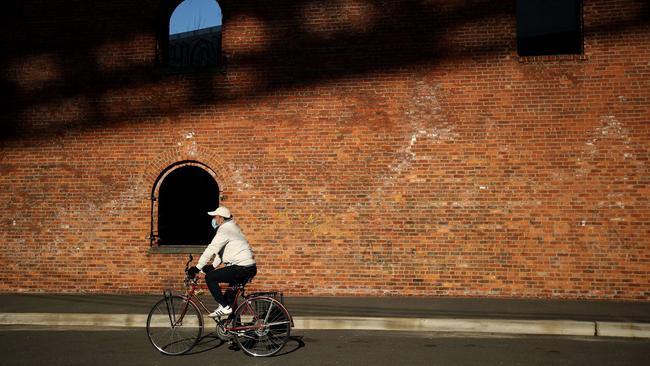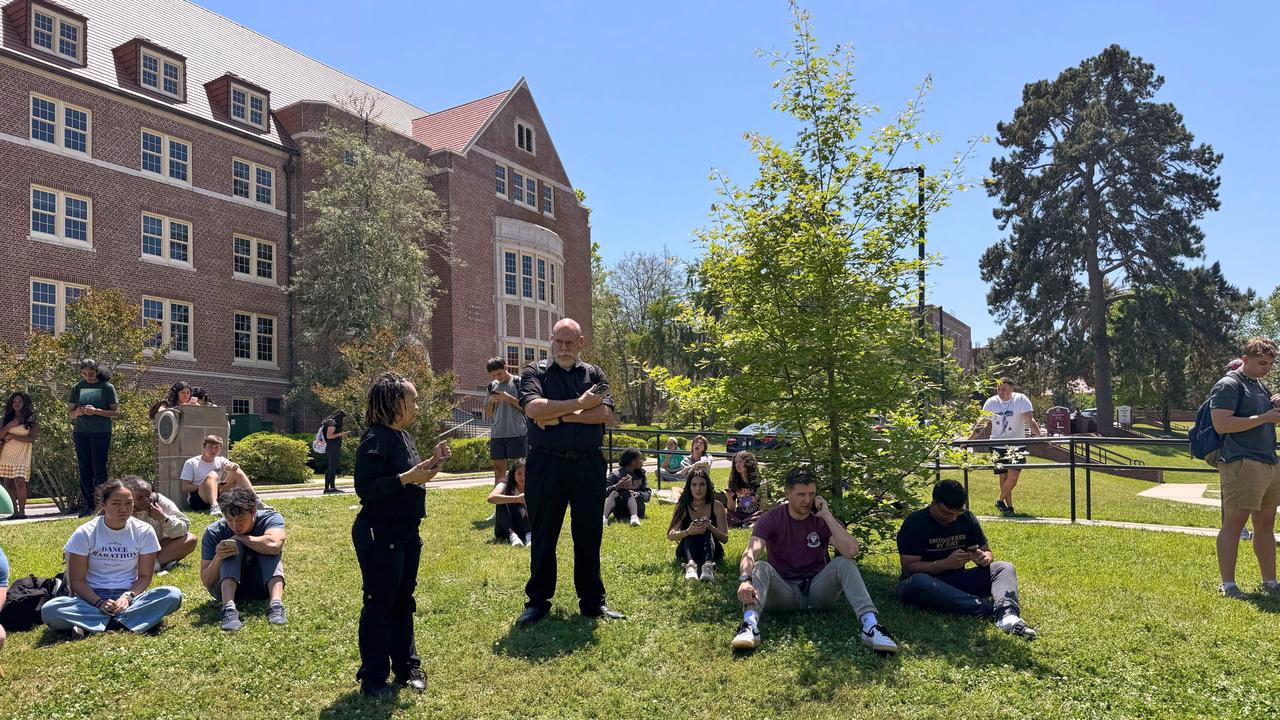The focus is to survive until lights are back on
Amid the coronavirus epidemic, it is like a switch has been thrown on the economy, turning out the lights here, then there.

With the coronavirus epidemic spreading across the US, it is like a switch has been thrown on the economy, turning out the lights first here, then there.
The economy could be in good shape when the switch finally gets flipped back on, but that is going to depend on how the country handles the crisis.
For starters, it is important to recognise there was nothing dangerously wrong with the economy before the epidemic struck. There were, of course, problems. It wasn’t growing very quickly, inflation and interest rates were lower than policymakers would have liked them to be, and wage growth wasn’t particularly robust despite the low level of unemployment.
But it hadn’t built up any of the dangerous excesses that usually provoke recessions. Stockmarket valuations were running ahead of the fundamentals, but nothing like before the dotcom bubble burst. Corporate debt was elevated, but the degree of leverage in the economy wasn’t on par with what it was leading up to the global financial crisis. And there certainly weren’t any of the 70s-style inflationary excesses that prompted the Federal Reserve to slam on the brakes.
Rather, the parts of the economy that have been most hurt by the sudden stifling of sales as a result of shutdowns and other social-distancing measures — the restaurants, bars, barber shops and nail salons with shut gates — made sense before the coronavirus and will make sense after it. So will the jobs they provide. As the lights start going back on, they can get back to work and the economy will come back, too.
That assumes those businesses are still standing when the pandemic has passed, though. Readings on the drop in revenue are only starting to come in, but they give a sense of how bad things are. Small-business transaction data collected by software and business services provider Womply shows that in the week ended March 25, sales at bars and lounges were down 52 per cent from a year earlier, restaurant sales were down 59 per cent, and at hotels and other lodging places revenue was down 78 per cent.
The numbers will probably get worse as more parts of the country shut down and more Americans adopt stricter social-distancing measures. Without any clear sense of when the threat from the virus will let up, it isn’t clear when the lights will start coming back on.
Until then, the key will be how many businesses buckled by the crisis can get the help they need to survive.
The $US2 trillion ($3.2 trillion) package passed last week, with its support for households (and thus, consumer spending) and small businesses is a start, but now execution will matter so that when the help arrives, it doesn’t come too late. If the crisis drags on for longer, then more money will be needed.
Then, one hopes the bar around the corner will be able to pull the chairs down from the tables, the bartender can go back to work behind the taps, and an economic drought will be relieved. And that first beer will taste so good.



To join the conversation, please log in. Don't have an account? Register
Join the conversation, you are commenting as Logout